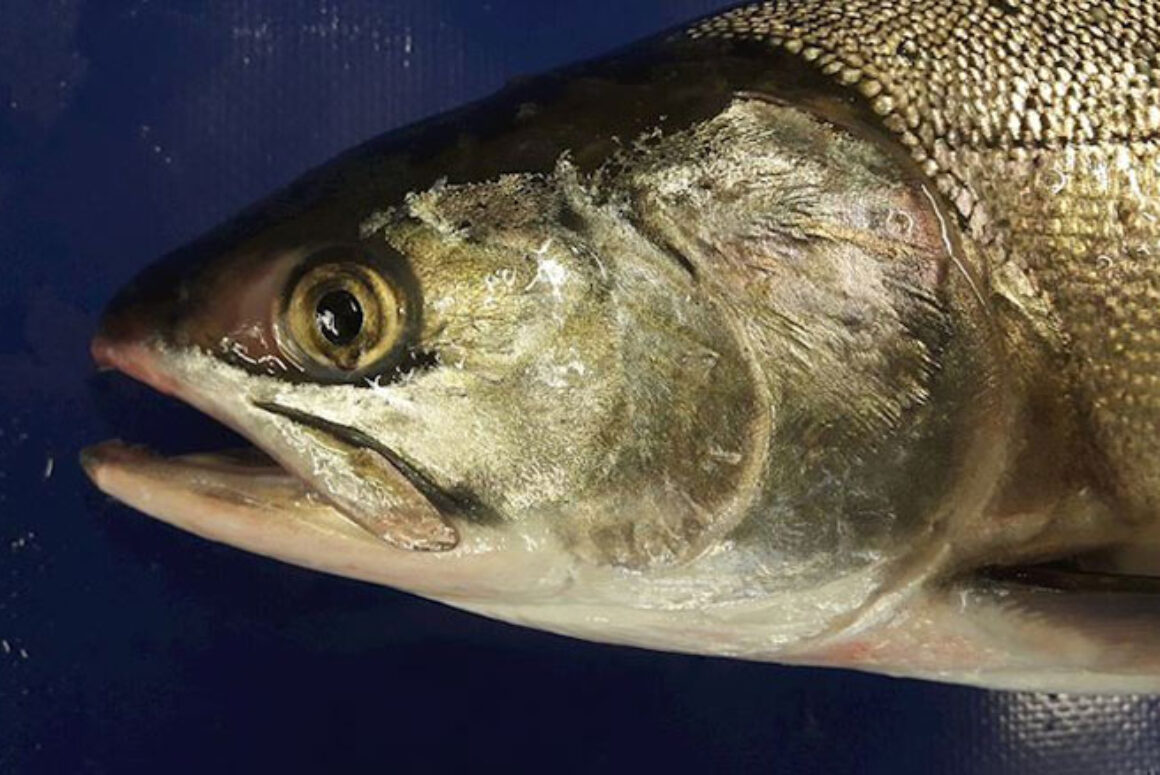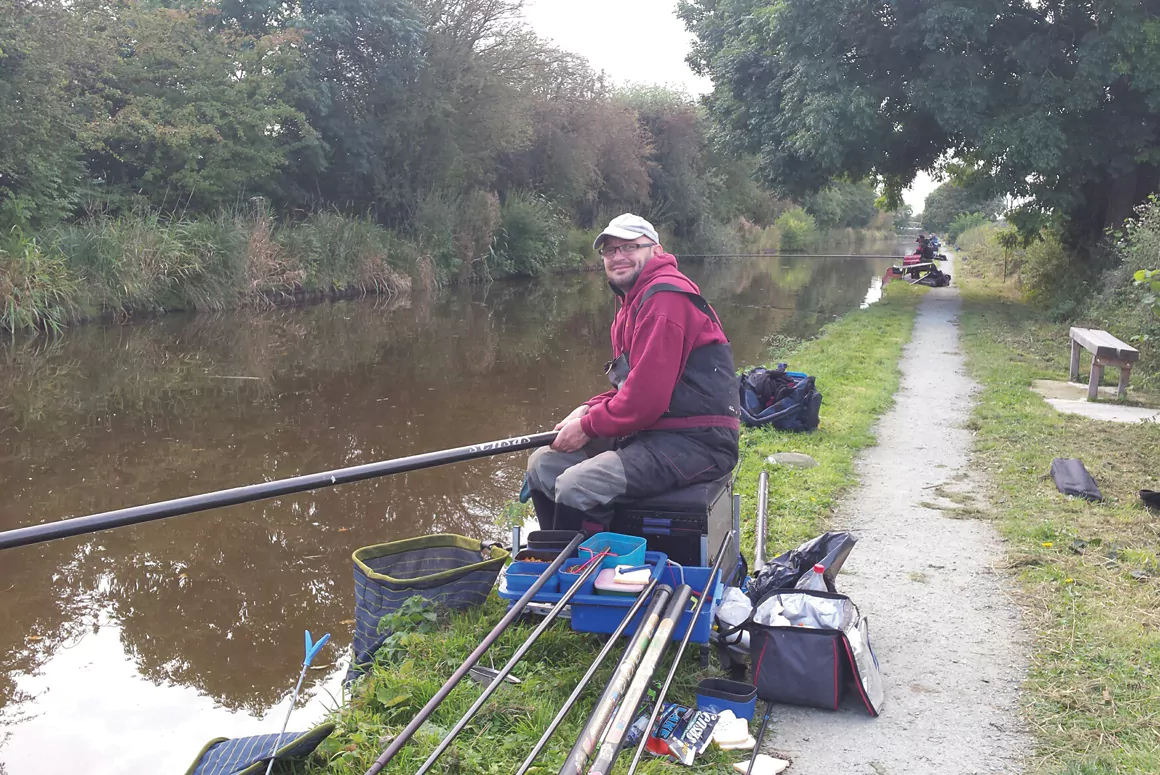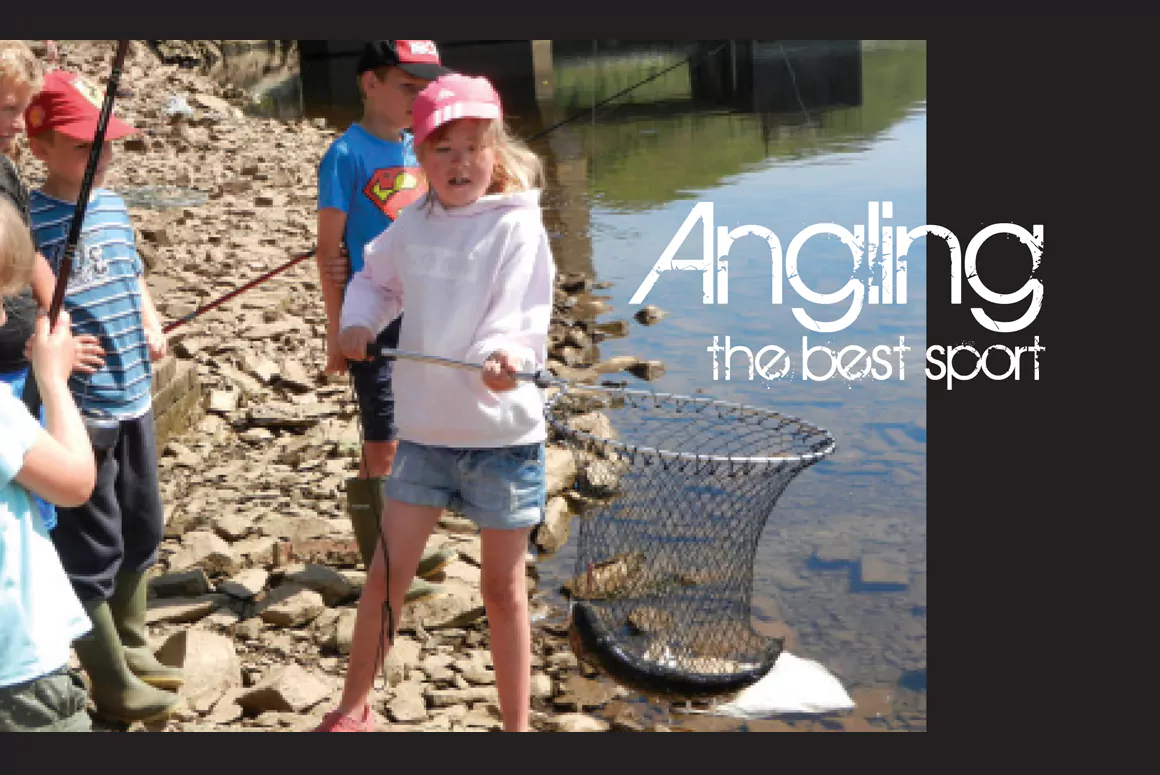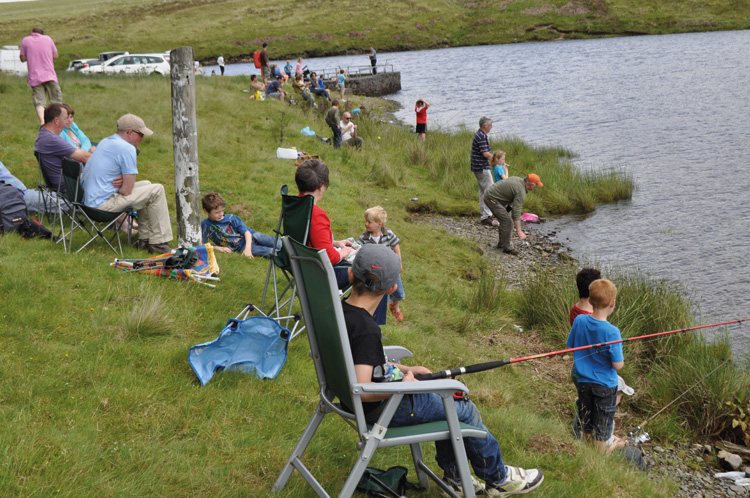![]()
The inquiry into the Salmon Byelaws in 2019 made some recommendations that other problems to the survival of salmon stocks also needed to be looked at. One of those was the predation of juvenile salmon both in river and when they return to sea.
A recent Statement from Natural Resources Wales:
‘A new project which will allow the migratory movements of salmon smolts along the River Usk to be tracked has been launched by Natural Resources Wales to discover the biggest challenges they face when migrating to sea. The project, supported by The Wye and Usk Foundation, will involve catching up to 100 salmon smolts a year and tagging them with acoustic transmitters. These devices will then be picked up by a network of over 30 receivers deployed throughout the river, providing scientists with data related to survival rates and migration behaviour which will help inform future salmon management and conservation work.’
A smolt is a stage of the salmon life cycle when the fish is preparing for migration to sea. By tracking salmon during this stage, Natural Resources Wales can see how they are affected during their travels and what can be done to improve their chances of successful migration.
Oliver Brown, Aquaculture Officer, leading the project for Natural Resources Wales said:
“Salmon numbers, both adult and juvenile, are at record lows in Welsh rivers as well as in other parts of the world. When we see species numbers dropping like this, we need to do all we can to understand what is causing the problem and determine what can be done to safeguard the species’ survival.
“By tagging these salmon smolts and using our network of receivers to track them during their journey to sea, we can find out what is making life so difficult for these fish, be it delays at barriers, predation, low river flows or anything in-between.
“We’re grateful for the support of the Wye and Usk foundation in the roll out of this project. Ultimately, the information and data we gather will inform our collaborative work in the area of salmon conservation, which will prove invaluable in our efforts to tackle the cause of the population declines in the long term.”
The first of the receivers were placed along the Usk in late February with salmon smolt capture and tagging expected to begin during April.
This is a welcome approach. Wales has been noted in the past for it’s salmon and sea trout fishing. The fishing has seen a decline over many years let us hope that more initiatives like this will reverse that decline.
Trout fishing has started and rivers like the Usk have experienced large hatches of March Brown, a species that some years ago had declined to the point it was thought they may die out. Thankfully, nature can recover, and this is a classic point. The Grannom has also been in abundance this year with the sub surface pattern of both flies being the one the fish are most interested in.
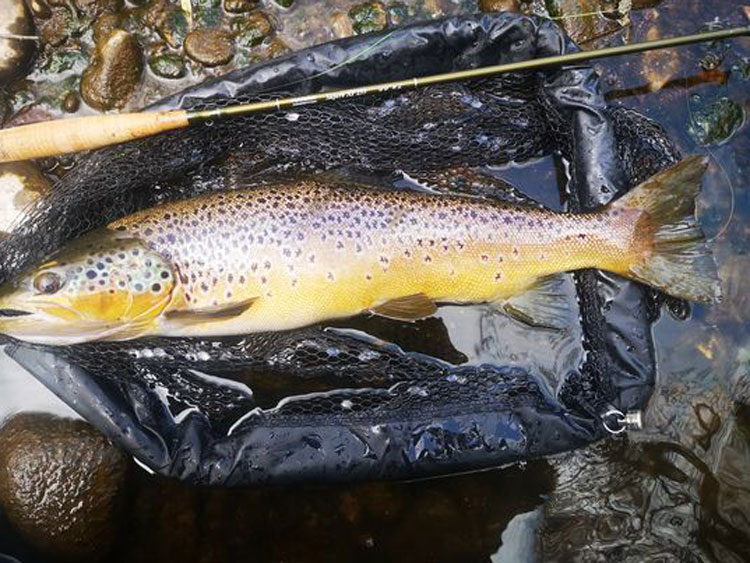
With regard to salmon fishing the river levels at the start of the season were excellent, and although the River Wye is producing fish, only a small quantity have been caught on the Usk.
With a staycation holiday being what many are looking for this year Wales shines on that front with so many venues both wild and commercial are available to the angler. The best place to look for a days salmon fishing is on the Wye Usk Passport Scheme for choice. For trout fishing the angler is spoilt for choice. Rivers like the Taff and Usk as well as the Dee in north Wales have many beats that are in Angling Club ownership. Most will offer day and week tickets. However, inquire about the cost of a season ticket if available as sometimes it can be cheaper. If you do not live to far from the venue, it will encourage you to come back.
Pike fishing is popular with some anglers and venues such as Llandegfedd in south east Wales, Ponsticill north of Merthyr Tydfil and the river Wye offer fishing for quality pike at reasonable cost.
Perch are plentiful in many of the canals that are in Wales and ‘drop shotting’ for these is recommended for the angler who likes to travel light and stalk his quarry (a good walk).
How times change over the years fly fishing was the preserve of the game angler. Now however coarse and sea angling has seen fly fishing become part of their portfolio of fishing methods. Bass fishing is being carried out more and more by sea angers with great success. On the coarse fishing side, interest in fly fishing for pike has increased year on year. One of the largest increases is fly fishing for carp. Tight lines!
Featured image: Salmon. (Source: Natural Resources Wales)


